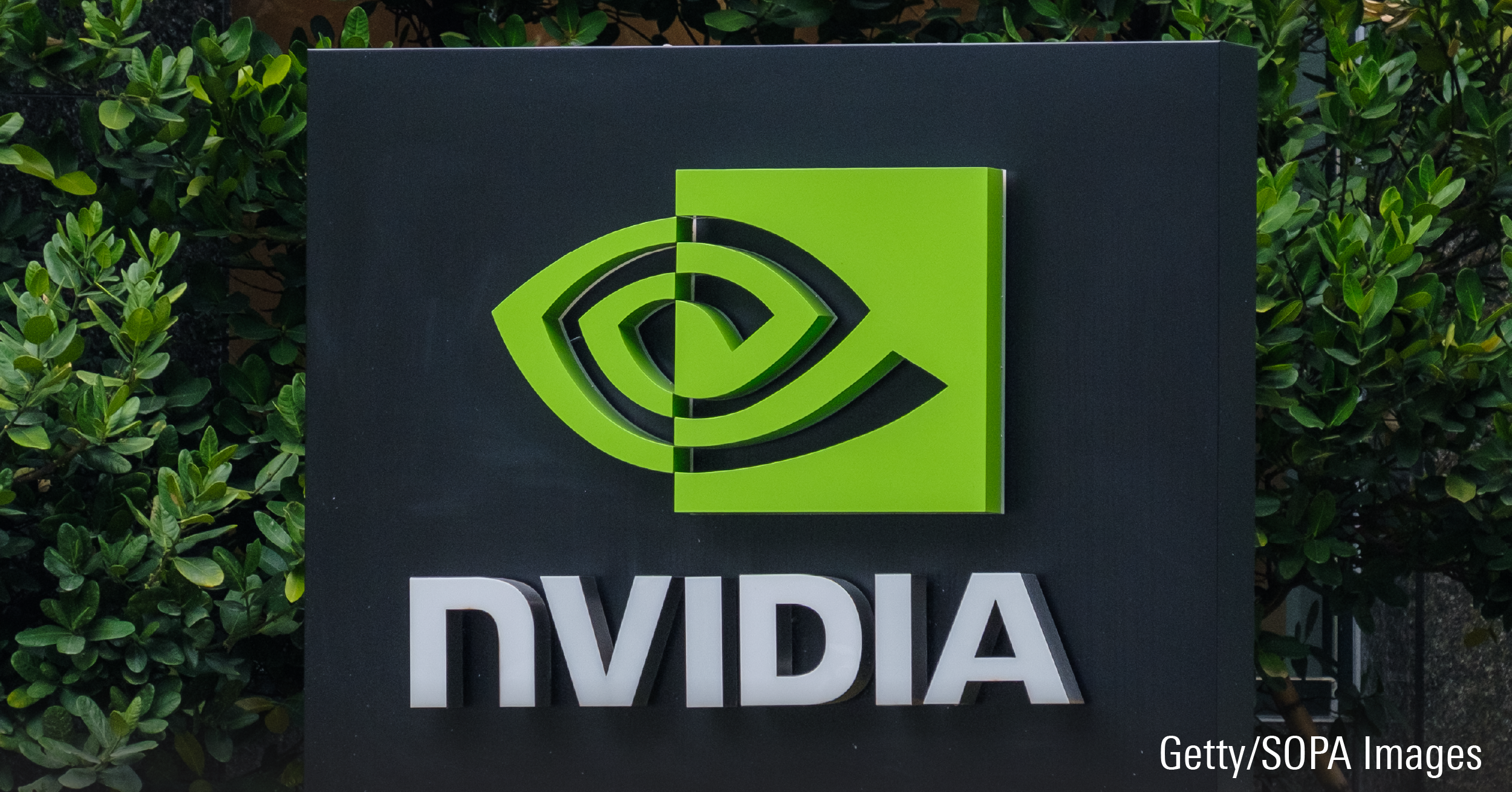We recently raised our fair value estimate for ![]() Microsoft (MSFT) to US$83 per share from US$77. We now have a rosier growth outlook for Microsoft's public cloud offering, Azure, as we believe the service is poised to become one of two long-term strategic vendors that enterprises turn to for the bulk of their IT infrastructure needs.
Microsoft (MSFT) to US$83 per share from US$77. We now have a rosier growth outlook for Microsoft's public cloud offering, Azure, as we believe the service is poised to become one of two long-term strategic vendors that enterprises turn to for the bulk of their IT infrastructure needs.
Further, our model projects incremental upside from the Office business, as we think Microsoft has mitigated most of the migration risk in its customer base with a robust set of services under the Office 365 umbrella. We now expect these offerings to serve as the most prominent revenue and profit drivers in the Microsoft ecosystem for the long term, ultimately representing more than half of the company's consolidated sales by the end of our forecast period. Although the shares have rallied considerably over the previous 12 months, we believe they still look attractive at current levels.
Microsoft has quickly emerged as one of the most important cloud computing companies in the world. Azure has established itself as the number-two public cloud platform behind ![]() Amazon (AMZN), and it should continue to garner significant user growth as Microsoft leverages Azure-hosted software such as Office 365 and Dynamics. Public cloud represents a monumental opportunity for Microsoft as new workloads increasingly shift to the cloud, and the company has curated a rich set of software and tools that will help keep developers in the ecosystem. The rise of Azure should help make up for the Windows Server OS, which is flagging against Linux's continued rise, and it should also offset declines in other segments.
Amazon (AMZN), and it should continue to garner significant user growth as Microsoft leverages Azure-hosted software such as Office 365 and Dynamics. Public cloud represents a monumental opportunity for Microsoft as new workloads increasingly shift to the cloud, and the company has curated a rich set of software and tools that will help keep developers in the ecosystem. The rise of Azure should help make up for the Windows Server OS, which is flagging against Linux's continued rise, and it should also offset declines in other segments.
Windows Client remains an important product for Microsoft, as enterprises are unlikely to migrate away from Windows-powered devices for at least the medium term. The company has corrected many of the flaws of Windows 8 with the increasingly popular Windows 10, which has enjoyed strong adoption. PC shipments should continue to decline, but we are encouraged by the increasing success of Surface devices, which could partially offset this erosion. We think Office lock-in will remain high even as users navigate the cloud shift, as we believe Office 365's feature set is unmatched by rival offerings.
Microsoft's hardware business remains highly cyclical, though we believe the company made the correct decision in writing down its Nokia handset business. This limits its hardware exposure to Xbox, Surface, a winding-down phone portfolio and the developing HoloLens, devices that we believe will help retain and attract developers and users in the Microsoft ecosystem while yielding fewer potential pitfalls as a secondary initiative.
Microsoft's ecosystem has a wide moat
We assign Microsoft a wide economic moat. CEO Satya Nadella's cloud-first, mobile-first vision is beginning to take hold, and we think the company is making the appropriate investments to reinforce its competitive positioning, which remains driven by the enterprise. The company's massive enterprise footprint across a multitude of products and services creates a network effect around its productivity apps and operating systems, which also results in significant customer switching costs. Microsoft's effective monopolies revolve around its Windows operating system for client devices and servers and the Office suite of productivity applications.
Despite lengthening refresh cycles for PCs, declining PC shipments and an influx of new device types, Microsoft has maintained dominant PC operating system market share and consistent revenue contributions from both enterprise and consumer Windows desktop deployments. It has myriad relationships with original-equipment manufacturers that will continue to pay licensing fees to pre-install Windows on their devices as enterprises continue to rely most heavily on Windows-based desktops and laptops. While tablets and smartphones are becoming more prevalent in the enterprise environment, we view these devices as secondary inputs in the productivity ecosystem.
Research firm Gartner estimates the number of enterprise units for desktops, notebooks and tablets will remain relatively flat despite a mix shift toward more mobile tablets and two-in-ones. Consumer buying preferences are more fickle and gravitate toward a more disparate array of devices. Further, consumer budgets for tablets and smartphones are probably displacing would-be spending for new laptop and desktop PCs. Still, we think Windows will maintain its strong foothold in this market despite admitted failures on the hardware side of the mobile phone market, supported by the increased success of Microsoft's Surface notebook, tablet and two-in-one offerings, and the increased agility of the Windows OS, which allows developers to create Windows-based applications that are easily scaled to other operating systems.
Though Windows-based mobile applications are dwarfed by the totals for Android and iOS today, Windows-based desktop applications measure in the many millions, and we believe the increased versatility of Windows 10 will help drive development of applications that can span desktop and mobile environments. Microsoft's latest Windows iteration, Windows 10, is running on over 350 million devices today. We expect Windows investment to remain robust as Microsoft fights to expand Windows 10's installed base, and features such as Cortana are laying the groundwork for the next generation of application development centered on artificial intelligence (though we do not believe AI will be a meaningful revenue contributor for some time). Ultimately, we believe Windows-based desktop PCs will remain the primary mode of productivity in the enterprise environment for the foreseeable future, and the tail for Windows in the consumer market remains long, in our view.
Windows Server is a vital component of IT infrastructure as it continues to drive the majority of global servers, though Linux is likely to overtake Windows as market leader (largely at the expense of legacy Unix deployments). These servers span environments including on-premises data centers, managed hosting data centers, and public, private and hybrid cloud environments. Windows is also far and away the largest revenue-generating server OS on the market. Gartner estimates Microsoft has consistently earned more than US$6 billion in annual sales from Windows Server over the past several years (while generating modest growth), with Red Hat (RHT) Enterprise Linux representing the next highest revenue-generating server OS at roughly US$1.5 billion. While we think there is more clear and present danger for Windows Server, driven primarily by the rise of Linux-based server deployments, we think Windows' base is well entrenched, though net new deployments outside Azure will be more challenging to come by.
Microsoft's Office tools remain the most heavily used productivity suite in the world; the company commands a monopolistic position in on-premises deployments and has quickly amassed leading share in cloud-based productivity software deployments. Office's scale is unmatched, with more than 1 billion people using the software. We believe the network effect and switching costs for Microsoft's Office tools are robust, as the suite is widely used and easily understood by enterprise employees around the world, leading to increased compatibility and efficiency when collaborating. The suite offers the most complete feature set on the market, and the company continues to layer in new applications and features to distance itself from would-be competitors. While ![]() Google (GOOG)/(GOOGL) had a multiyear head start with its web-based office applications, Office 365's superior feature set has yielded much swifter and broader adoption, evidenced by Office 365's rapid ascension to the most heavily used cloud-based application suite today.
Google (GOOG)/(GOOGL) had a multiyear head start with its web-based office applications, Office 365's superior feature set has yielded much swifter and broader adoption, evidenced by Office 365's rapid ascension to the most heavily used cloud-based application suite today.
We view Azure as a multifaceted cloud service that not only provides substantial growth opportunities, but also serves as a natural hedge from potential declines in other aspects of the business. Azure hosts many of Microsoft's flagship applications, including Office 365, Dynamics CRM and ERP, Power BI, and more, while offering the on-demand computing power and storage needed by businesses of all sizes to develop, test, and run applications and store data at a much more efficient cost structure.
In the longer term, public cloud services will offer a clear alternative to enterprise-owned IT infrastructure, which will allow Microsoft to earn at least a portion of IT budget spending that would have once been allocated to on-premises data center computing resources. Though we assign a low probability to enterprises quickly pivoting away from Windows-based environments, Azure gives us confidence that Microsoft will be able to recapture any lost revenue from Windows (if not more). We ultimately believe the Azure business will benefit from cost advantages and intangible assets as sources of competitive advantage, as Microsoft should be able to spread costs over a wide swath of customers and leverage its expertise in running Windows- and SQL Server-based applications.
Competition could limit success
Myriad competitors are gunning for scale in the public cloud space, including Google, ![]() IBM (IBM),
IBM (IBM), ![]() Salesforce (CRM) and
Salesforce (CRM) and ![]() Oracle (ORCL). Microsoft has some natural competitive advantages from an application development perspective, given the pervasiveness of the .NET framework, but developers are becoming more platform-agnostic, and Microsoft will need to continue embracing non-proprietary tools to make Azure as user-friendly as possible.
Oracle (ORCL). Microsoft has some natural competitive advantages from an application development perspective, given the pervasiveness of the .NET framework, but developers are becoming more platform-agnostic, and Microsoft will need to continue embracing non-proprietary tools to make Azure as user-friendly as possible.
We believe Microsoft has limited the risks facing its hardware business by significantly minimizing its smartphone portfolio, leaving the majority of its hardware exposure centered on Xbox and Surface. While these devices face stiff competition from the likes of ![]() Apple (AAPL), Samsung and Sony, we think Microsoft can continue to hold its own in these markets while helping to expand the utility of Windows 10.
Apple (AAPL), Samsung and Sony, we think Microsoft can continue to hold its own in these markets while helping to expand the utility of Windows 10.
Microsoft is in superior financial health. At year-end 2016, the company held roughly US$123 billion in short-term cash and investments, easily supporting its US$60 billion long-term debt load. Despite increased capital investment over the past two years to support the Azure buildout, Microsoft has generated an average of US$25 billion in free cash flow over the past five years. The company has consistently increased its dividend, and share repurchases have accelerated over the past several years.
Microsoft remains an active acquirer, and while its history has featured some potholes (including the recently written-down Nokia acquisition), we think the company's refined focus on cloud and mobility will help limit acquisition risks. The LinkedIn acquisition aligns with these initiatives, in our view, as Microsoft can leverage data housed within LinkedIn's professional social network across human capital and customer relationship management use cases within Office 365, Dynamics CRM, and Azure. With its multiple revenue streams stemming from several flagship products, we think Microsoft can comfortably service its debt while continuing to return capital to shareholders and reinvesting in the business for continued long-term success.



















